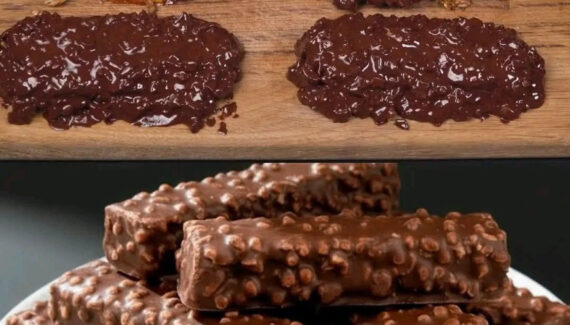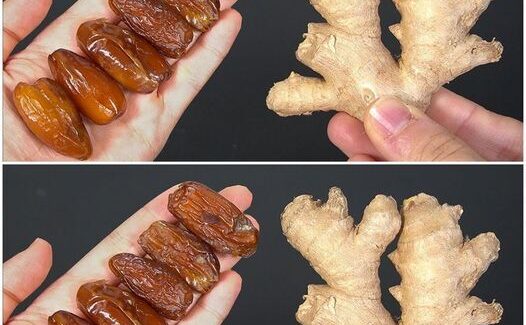
5. Using an Electric Kettle for Liquids Other Than Water
Some people use their electric kettle to heat milk, soup, or other liquids, but this can cause:
- Damage to the heating element: Kettles are designed to heat water, not thick or sticky substances.
- Burning and residue buildup: Milk and other liquids can burn onto the kettle’s surface, making it difficult to clean.
- A fire hazard: Thick liquids may cause overheating or even start a fire.
Tip: Only use your electric kettle for boiling water. If you need to heat other liquids, use a stovetop pot or microwave instead.
6. Ignoring Limescale Buildup
Over time, minerals from hard water accumulate inside the kettle as limescale. Many people neglect to clean this buildup, leading to:
- Slower boiling times as the heating element becomes coated with minerals.
- Strange tastes in water due to mineral deposits.
- A shorter kettle lifespan because the heating element works harder.
Tip: Regularly descale your kettle using white vinegar, lemon juice, or a descaling solution to remove mineral deposits.
7. Touching the Kettle Right After Boiling
Some kettles, especially stainless steel models, can get extremely hot on the outside after boiling. Many users forget this and touch the kettle immediately, leading to:
- Burns and scalds from direct contact with the hot surface.
- Accidental spills if you drop the kettle in reaction to the heat.
Tip: Use the handle and wait a few seconds before handling a just-boiled kettle.
8. Placing the Kettle on an Uneven or Wet Surface
People sometimes place their electric kettle on a wet countertop or an uneven surface, increasing the risk of:
- Electrical hazards if water seeps into the base.
- Accidental tipping, which can spill hot water and cause burns.
Tip: Always place the kettle on a flat, dry surface and keep the base clean and dry.
9. Using a Faulty or Damaged Kettle
If your electric kettle has a frayed cord, a loose lid, or visible cracks, continuing to use it can be dangerous. Risks include:
- Electric shock from exposed wires or water contact.
- Fire hazards if the wiring is damaged.
- Leaks and spills from cracks, leading to burns or accidents.
Tip: Regularly check your kettle for signs of damage and replace it if necessary.
10. Unplugging the Kettle Immediately After Use
Many people unplug the kettle right after boiling water, thinking they are being safe. However, most modern kettles have an automatic shut-off feature, and unplugging it too soon can:
- Cause electrical wear over time due to frequent plugging and unplugging.
- Reset the automatic safety features, making the kettle less efficient.
Tip: Let the kettle turn off automatically and only unplug it when necessary.
Final Thoughts
Electric kettles are incredibly useful appliances, but improper usage can lead to safety risks, reduced performance, and even health concerns. By avoiding these common mistakes—such as overfilling, reboiling water, or neglecting maintenance—you can extend your kettle’s lifespan and ensure you’re always getting the best quality water for your drinks.
Next time you use your electric kettle, keep these tips in mind to stay safe and enjoy clean, fresh, and perfectly boiled water!









